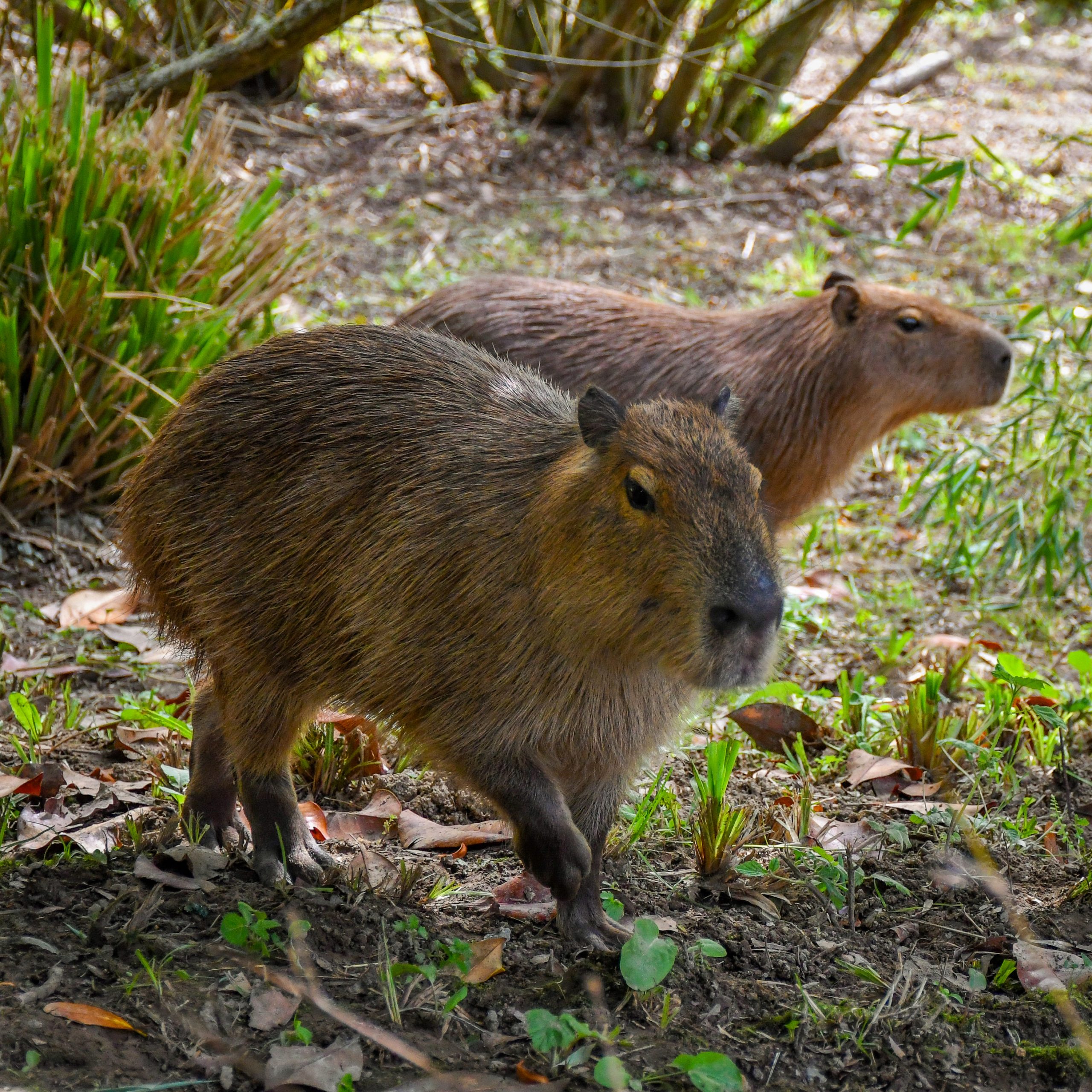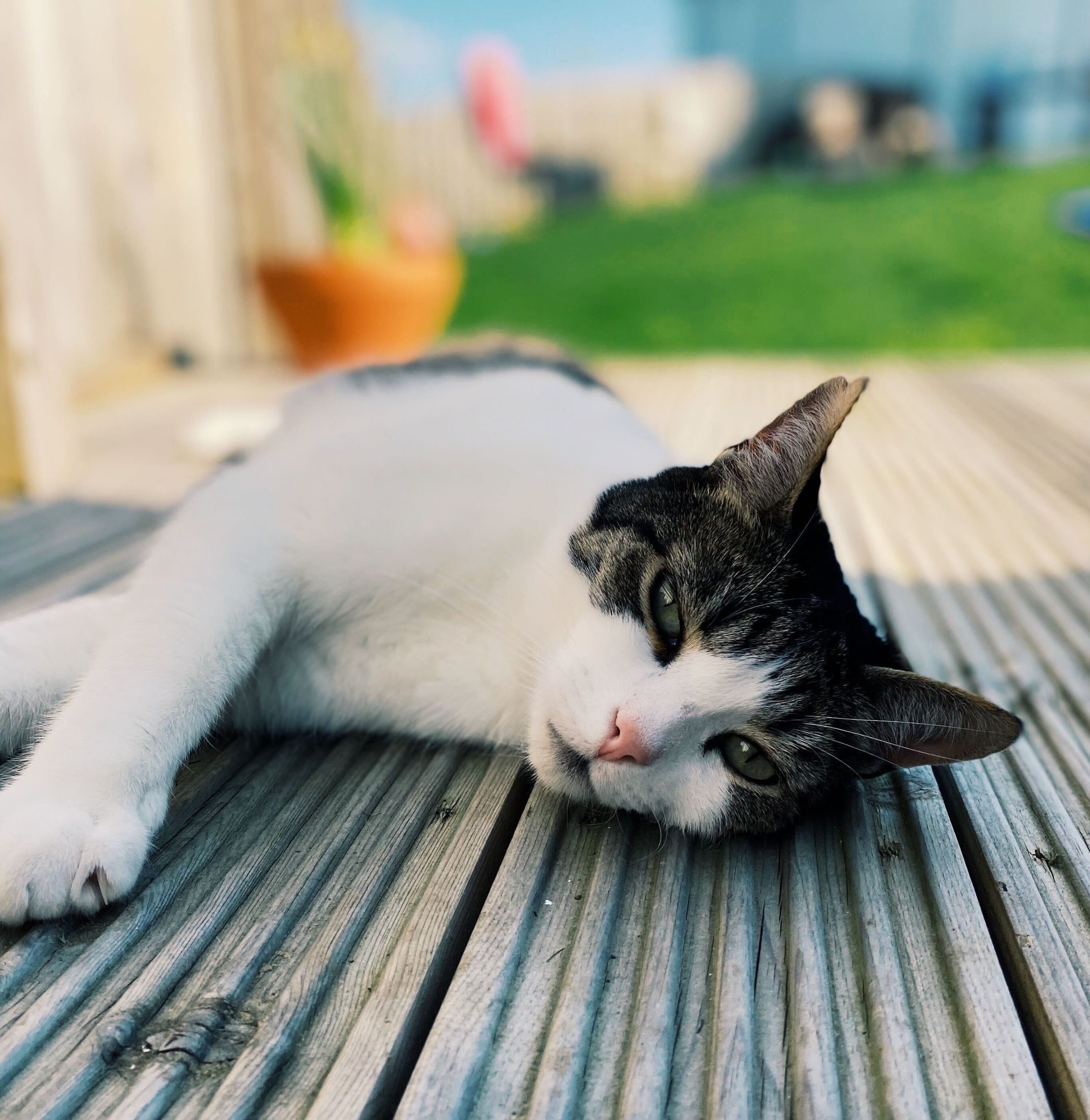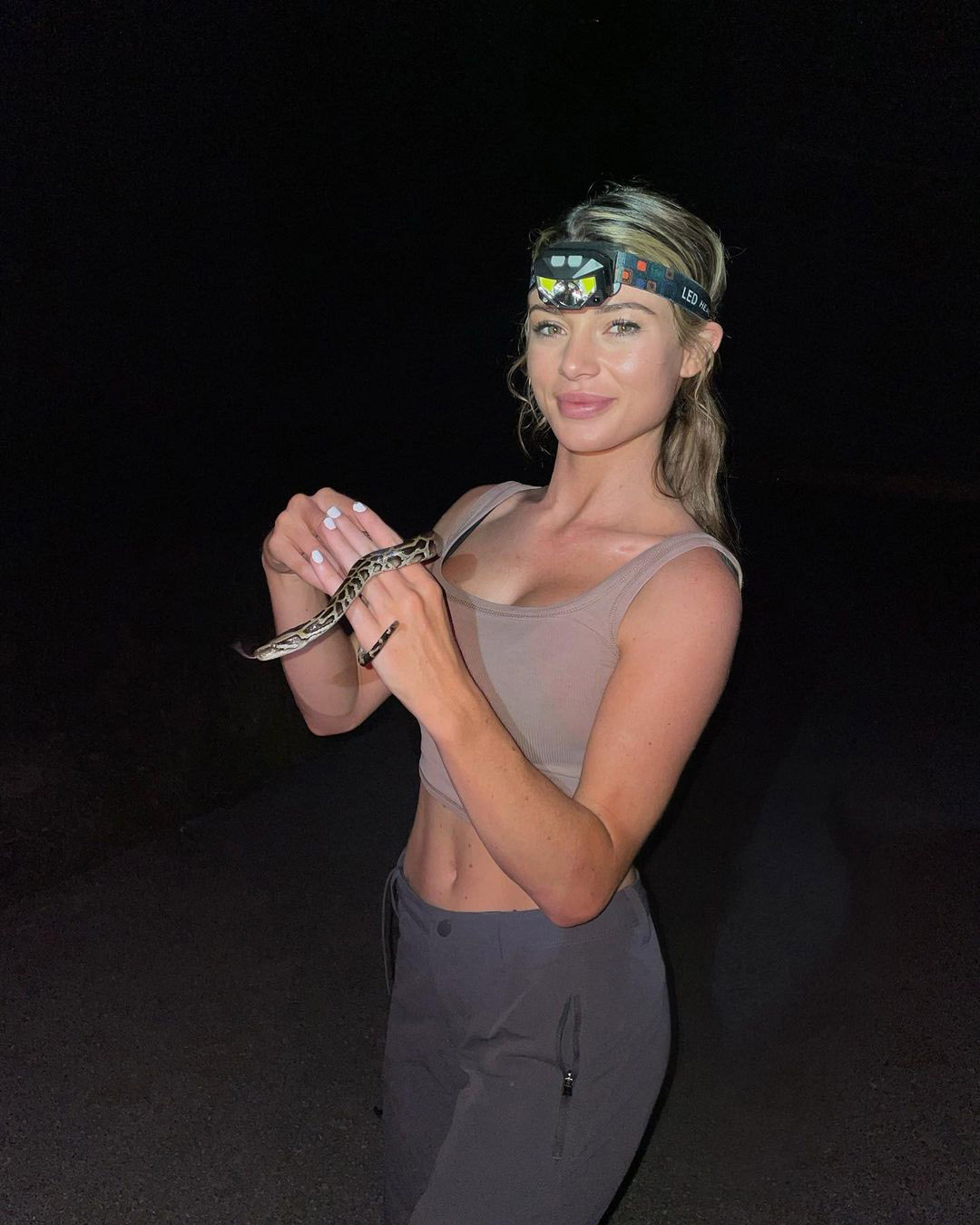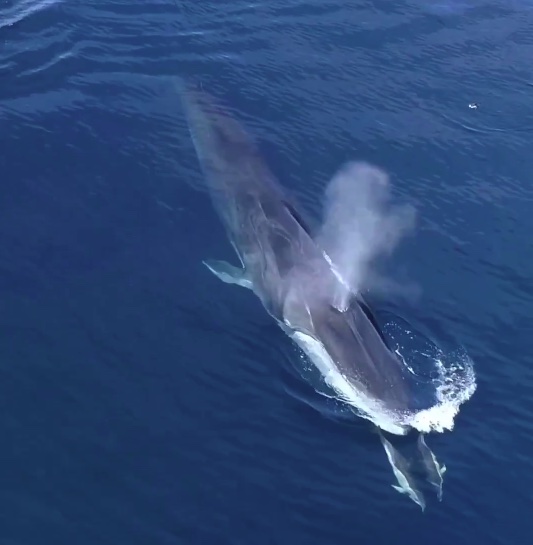Jersey Zoo has recently welcomed two charming new residents, half-sisters named Maple and Olive, who happen to be capybaras.
These delightful duo arrived in July, all the way from ZooParc de Beauval in France. After a brief period behind the scenes, they have now comfortably settled into their specially designed enclosure, nestled by the central lake of Jersey Zoo. Given their semi-aquatic nature, they will enjoy the freedom to roam in the lake, sharing part of their new habitat with Jersey Zoo’s Chilean flamingos and red-breasted geese.
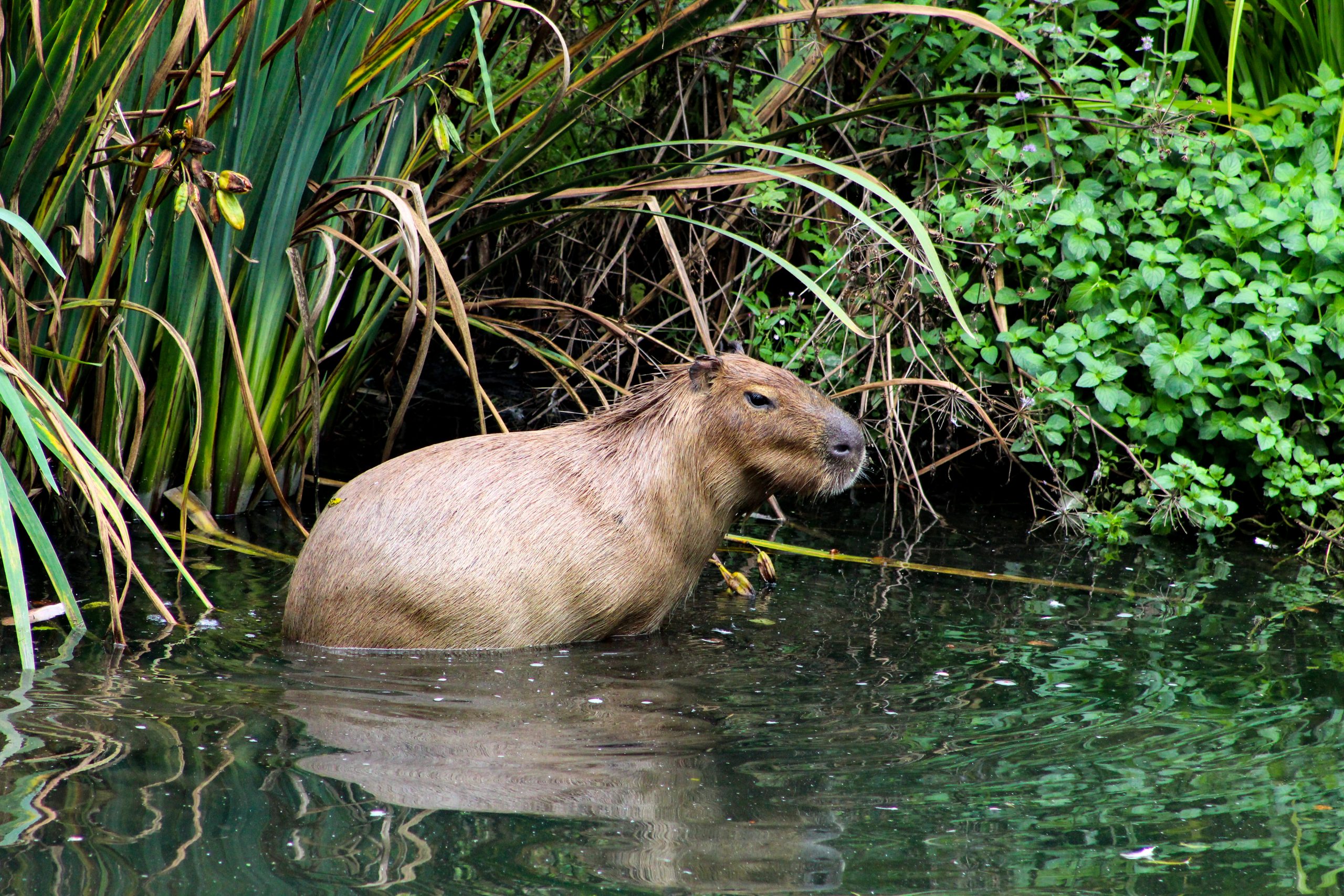
Capybaras, the largest rodents on Earth, are native to South America. Their impressive teeth, which can grow up to 8cm in length, continually grow but are naturally worn down by their regular diet of grass and water plants. They have a preference for residing near water bodies and marshes, equipped with partially webbed feet that aid them in swimming. Fascinatingly, capybaras, although needing air to breathe, are known to take naps while submerged in water. Tragically, their natural habitat in South America faces grave threats due to habitat destruction, pollution, and the impacts of climate change.
Capybaras hold a special place in the history of Jersey Zoo, as Gerald Durrell, the zoo’s founder, introduced these captivating creatures to Jersey in the 1980s. Georgia Gotts, Team Leader of Mammals at the zoo, expressed her excitement about the newest arrivals, saying, “It is always thrilling when we welcome new animals to the zoo. This occasion is even more significant as we are reintroducing a species that was originally brought to Jersey by Gerald Durrell himself.”
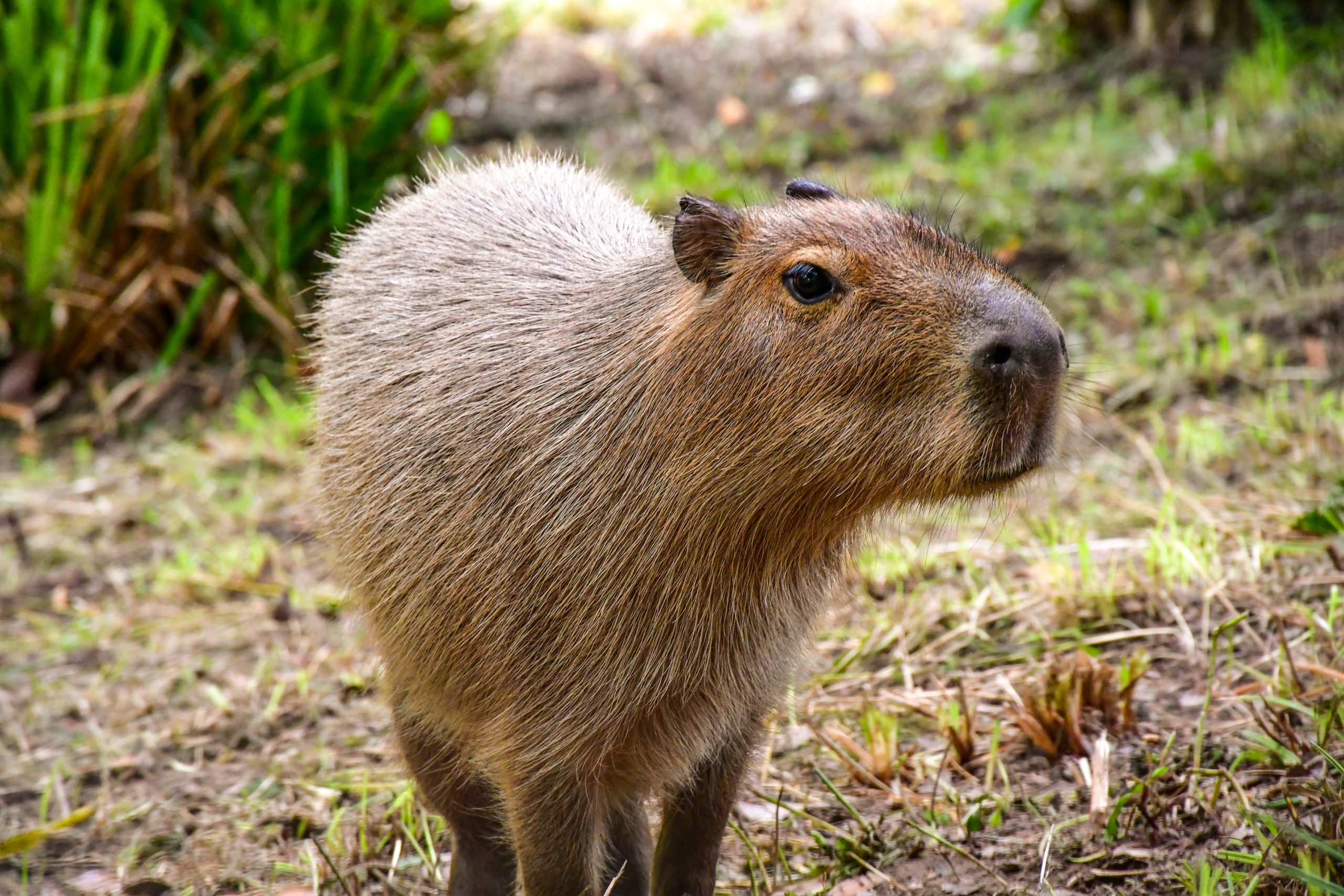
Maple and Olive have seamlessly adapted to their new home and have made themselves quite comfortable in their purpose-built enclosure. These captivating mammals split their time between land and water, promising to offer an intriguing and dynamic spectacle for visitors. The zoo is eagerly anticipating the opportunity to educate members and visitors alike about this remarkable species.
To catch a glimpse of Maple and Olive, visitors can keep an eye out for them, either gracefully swimming in the lake or peacefully resting in their cabin, situated opposite the Manor House.

